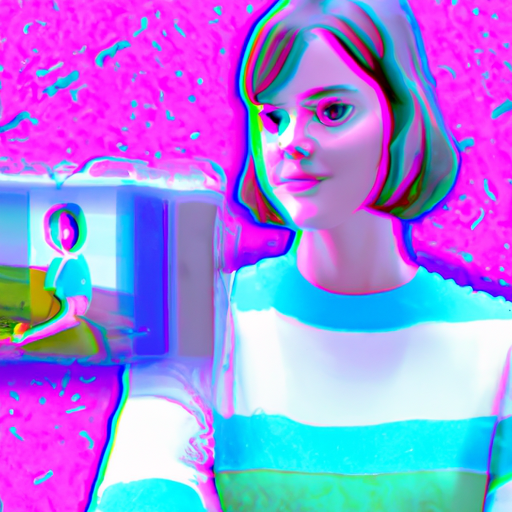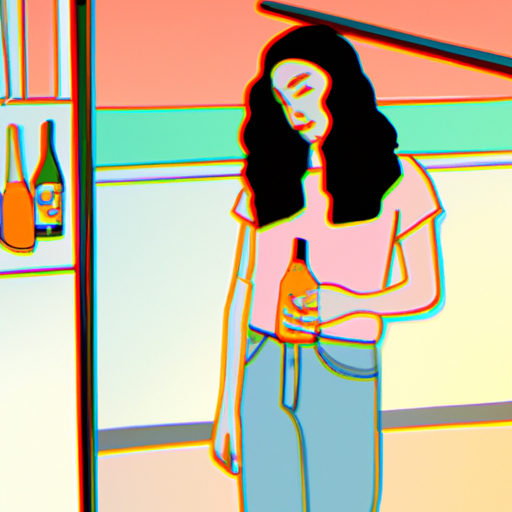
-
Table of Contents
Illustration Trends for 2023 and Beyond

Illustration has always been a powerful tool for visual communication, and it continues to evolve and adapt to the changing needs and preferences of audiences. As we look ahead to 2023 and beyond, several emerging trends are shaping the world of illustration. In this article, we will explore these trends and their implications for illustrators, designers, and businesses.
1. Minimalism and Simplification
One of the prominent trends in illustration is the shift towards minimalism and simplification. In an increasingly fast-paced and visually cluttered world, simple and clean illustrations can effectively convey complex ideas and messages. This trend is driven by the need for clarity and ease of understanding.
For example, many brands are adopting minimalist illustrations in their marketing materials to create a modern and sophisticated look. These illustrations often feature bold lines, limited color palettes, and simplified shapes. By stripping away unnecessary details, minimalist illustrations can communicate the essence of a concept or product.
Case Study: Airbnb
Airbnb has embraced minimalism in its branding and marketing efforts. Their illustrations use simple shapes and vibrant colors to represent different travel destinations and experiences. This approach not only creates a cohesive visual identity but also allows for easy scalability across various platforms and devices.
2. Diversity and Inclusivity
In recent years, there has been a growing demand for diversity and inclusivity in all forms of media, including illustration. Audiences are seeking representation and want to see themselves reflected in the illustrations they encounter. This trend is driving illustrators to create more inclusive and diverse artwork.
Illustrators are now consciously incorporating diverse characters, body types, and ethnicities into their work. This not only helps to create a more accurate representation of society but also allows for a wider range of stories and perspectives to be told.
Statistics:
- A study by Adobe found that 67% of consumers believe that brands should represent all types of people in their advertising and marketing materials.
- According to a survey conducted by Getty Images, searches for “diverse representation” have increased by 133% in the past year.
3. Abstract and Surreal Illustrations
Abstract and surreal illustrations are gaining popularity as they offer a unique and imaginative way to convey ideas and emotions. These illustrations often feature dreamlike elements, unexpected juxtapositions, and unconventional compositions.
By breaking away from reality, abstract and surreal illustrations can evoke strong emotions and create a sense of wonder. They allow for more interpretive and open-ended storytelling, inviting the audience to engage with the artwork on a deeper level.
Example: The New Yorker
The New Yorker magazine frequently features abstract and surreal illustrations in its articles and covers. These illustrations challenge the reader’s perception and add an element of intrigue to the content. They serve as visual metaphors that enhance the overall reading experience.
4. Hand-drawn and Organic Styles
In an increasingly digital world, there is a growing appreciation for hand-drawn and organic illustration styles. These styles bring a sense of authenticity, warmth, and uniqueness to the artwork. Hand-drawn illustrations can convey a personal touch and create a connection with the audience.
Many illustrators are embracing imperfections and embracing the natural textures and irregularities that come with hand-drawn artwork. This trend is also fueled by the desire to move away from the overly polished and perfect aesthetics often associated with digital illustrations.
Case Study: Innocent Drinks
Innocent Drinks, a UK-based beverage company, uses hand-drawn illustrations in their packaging and marketing materials. These illustrations have become synonymous with the brand and convey a sense of playfulness and authenticity. The organic style aligns with the company’s values of simplicity and natural ingredients.
5. Interactive and Animated Illustrations
With the rise of digital platforms and technologies, illustrations are no longer limited to static images. Interactive and animated illustrations are becoming increasingly popular, offering a dynamic and engaging user experience.
Interactive illustrations allow users to interact with the artwork, revealing hidden details or triggering animations. They can be used to enhance storytelling, guide users through a website or app, or create immersive experiences.
Example: Google Doodles
Google Doodles are interactive and animated illustrations that appear on the Google homepage to celebrate holidays, events, and notable figures. These illustrations often include mini-games, interactive elements, or animations that engage and entertain users.
Summary
As we look ahead to 2023 and beyond, several illustration trends are shaping the industry. Minimalism and simplification are gaining popularity, driven by the need for clarity and ease of understanding. Diversity and inclusivity are becoming essential, with audiences demanding representation and accurate portrayals. Abstract and surreal illustrations offer a unique and imaginative way to convey ideas and emotions. Hand-drawn and organic styles bring authenticity and uniqueness to the artwork. Finally, interactive and animated illustrations provide dynamic and engaging user experiences.
By staying informed about these trends and incorporating them into their work, illustrators can create visually compelling and relevant artwork that resonates with audiences in the years to come.
